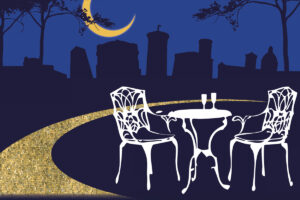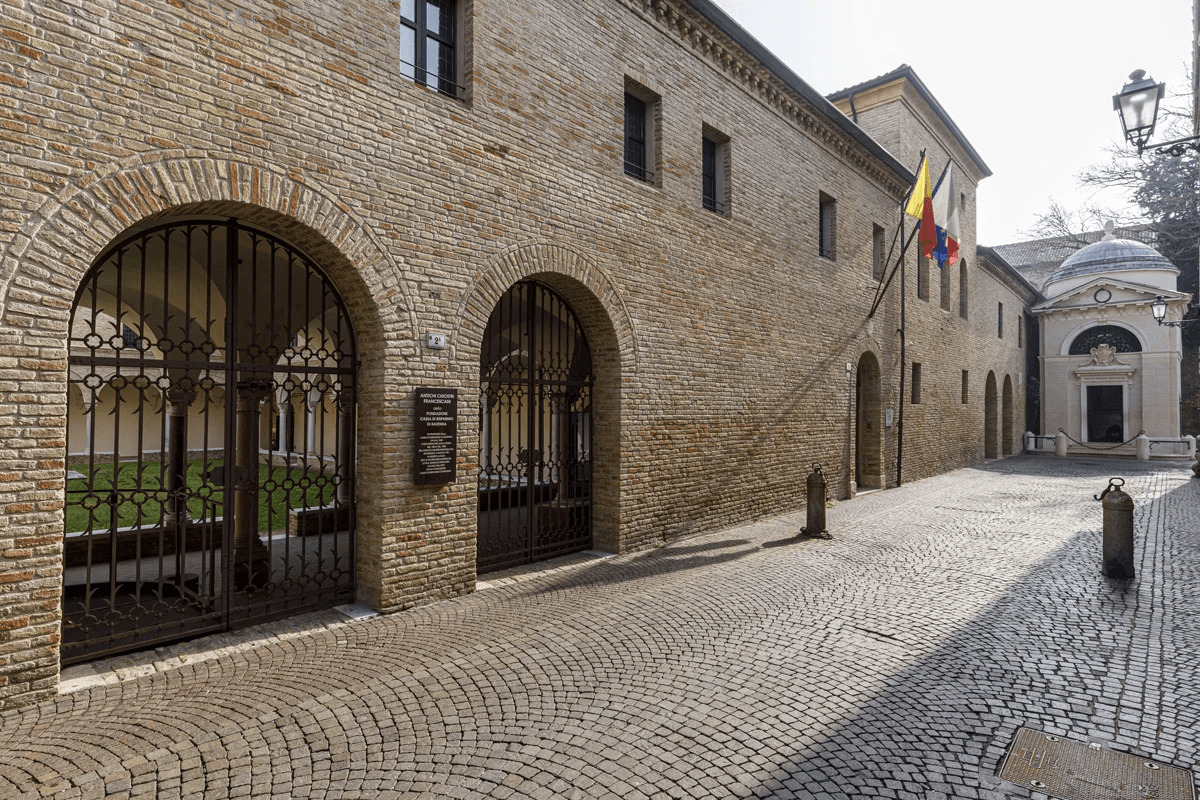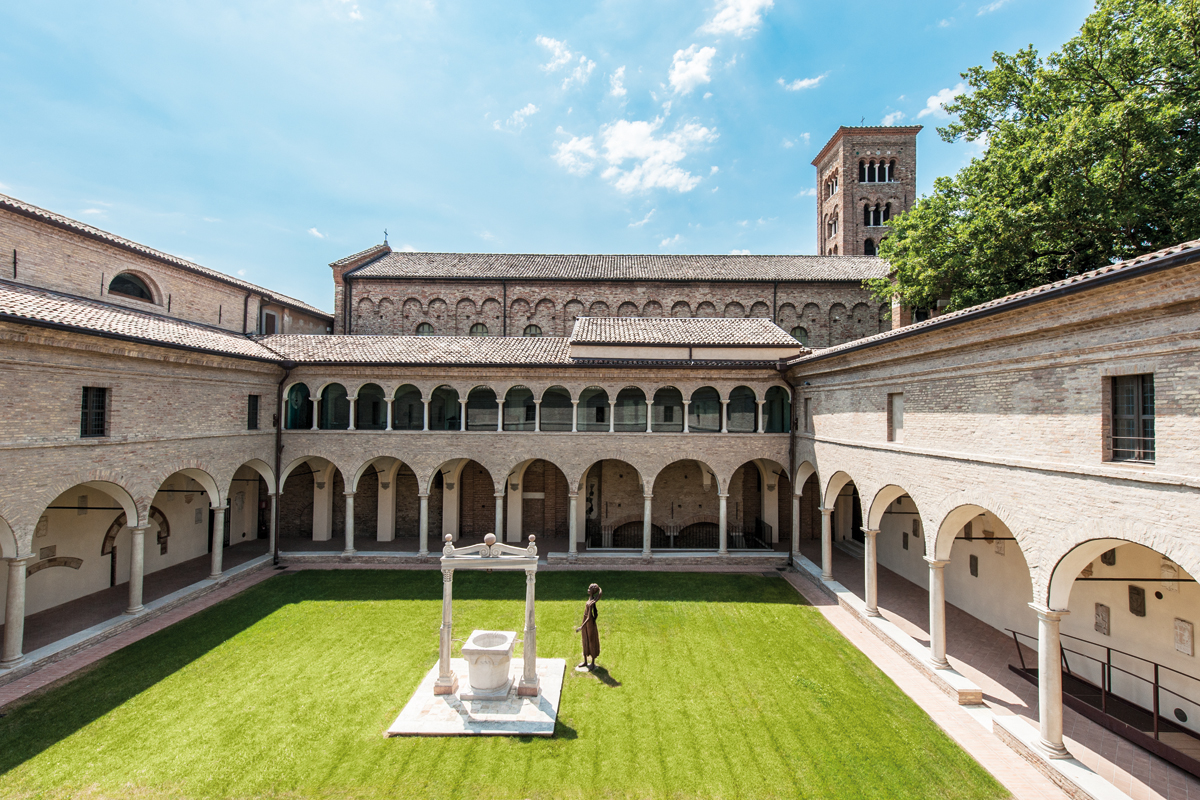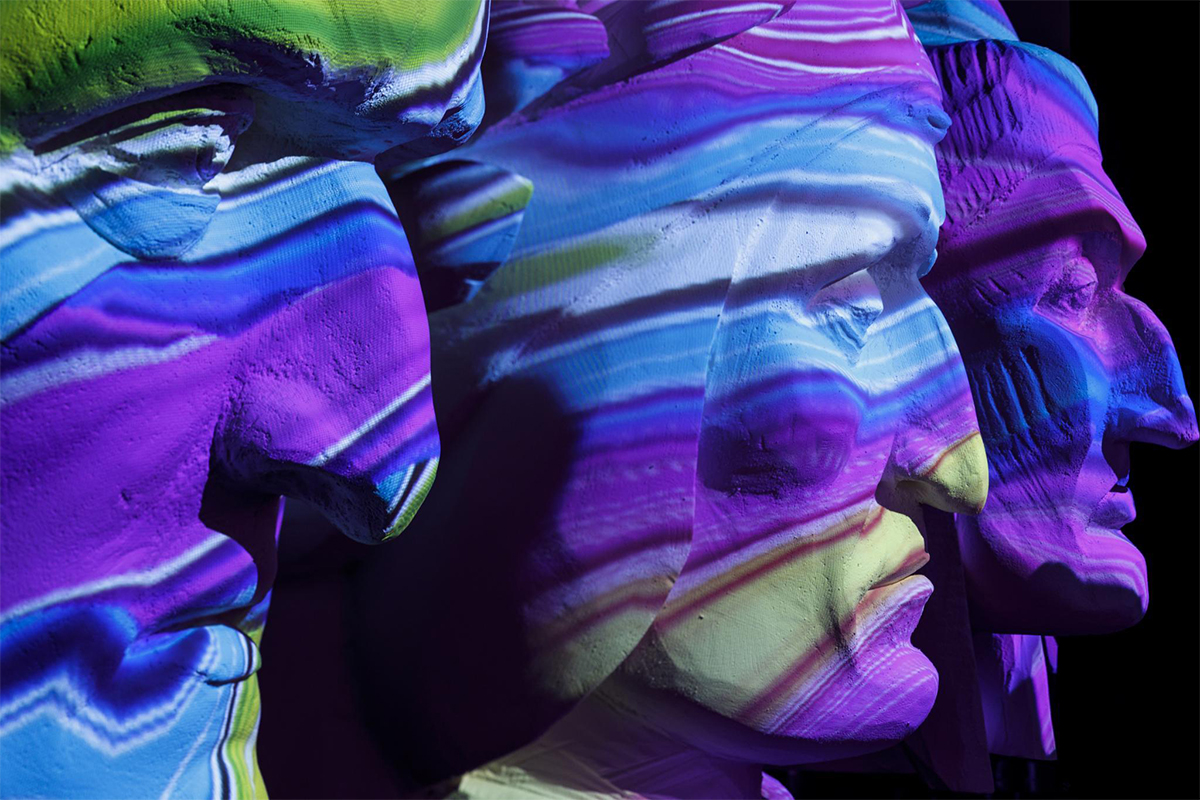Not far from the Tomb of the Supreme Poet, on the first floor of the former Franciscan convent, MUSEO DANTE is a journey through the works, life and memory of Dante Alighieri, the father of the Italian language.
From the old dantesque museum to the new Museo Dante
The Dantesque Museum originally opened in 1921, on the occasion of the celebrations for the 6th centenary of the poet’s death, by the then Superintendent of Ravenna Ambrogio Annoni and the respected collaboration of the eminent architect of Ravenna Corrado Ricci.
The museum was a storage of relics and mementos of the Municipality’s property. It used to preserve plaques and objects sent from all over the world for the celebrations of 1908 and 1921.
Over the last century, the museum ceased its activity for a long period of time, underwent a series of rearrangements and additions to its layout, also in view of the 700th anniversary of Dante’s death occurring in 2021.
The new Museo Dante
The museum features several rooms, and offers an emotional journey across history and images. It deals with the human adventure and artistic experience of Dante, focusing on the Comedy and its fortune.
A series of relics and objects of great suggestion make the whole experience even more suggestive.
On display, you will find the box in which the friars hid the Poet’s remains and the chest in which they were displayed in 1865, after their fortuitous recovery.
ROOM 1
Thanks to an imaginary timeline, you will be introduced to the life and work of Dante through biographical and historical events, readings and meetings.
ROOM 2
Boccaccio was the first artist to create the stereotype of Dante’s image: in “Trattatello in laude di Dante” there is such a famous description that it has been translated in several languages.
From that description stems the unique and extraordinary fortune of the poet’s iconography, which is maybe the most famous worldwide. The room has a series of Dante’s faces on display.
ROOM 3
Restorated in 1989, it is one of the most suggestive rooms in the museum. On the walls, you can see the wreath that the associations of italian emigrants in Montevideo and the Uruguayan Dante Alighieri Society donated on the occasion of the 6th centenary of Dante’s death.
ROOM 4
Since 1921, a wide collection of relics has been gathered in this room in order to show the greatness of Dante’s cult.
You will find on display the fir wooden box that preserved Dante’s remains from 1677 until their recovery in 1865 and the wooden chest created to display the Poet’s remains on the occasion of the 6th centenary of its birth.
ROOM 5
This multimedia room deals with the popular fortune of Dante and the success his works still enjoy in our days.
ROOMS 6-7-8
You will go through a journey across the three cantiche of the Divine Comedy, listening to the verses and enjoying the images they evoke.









